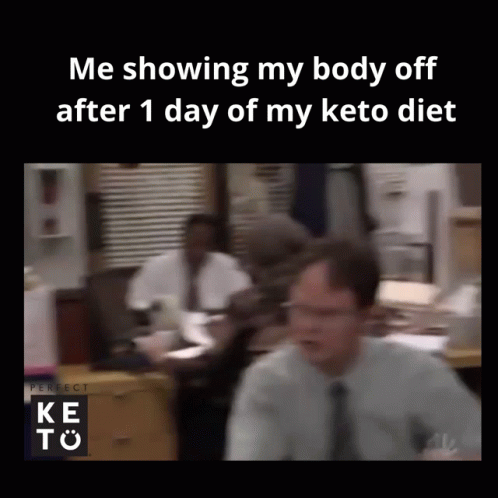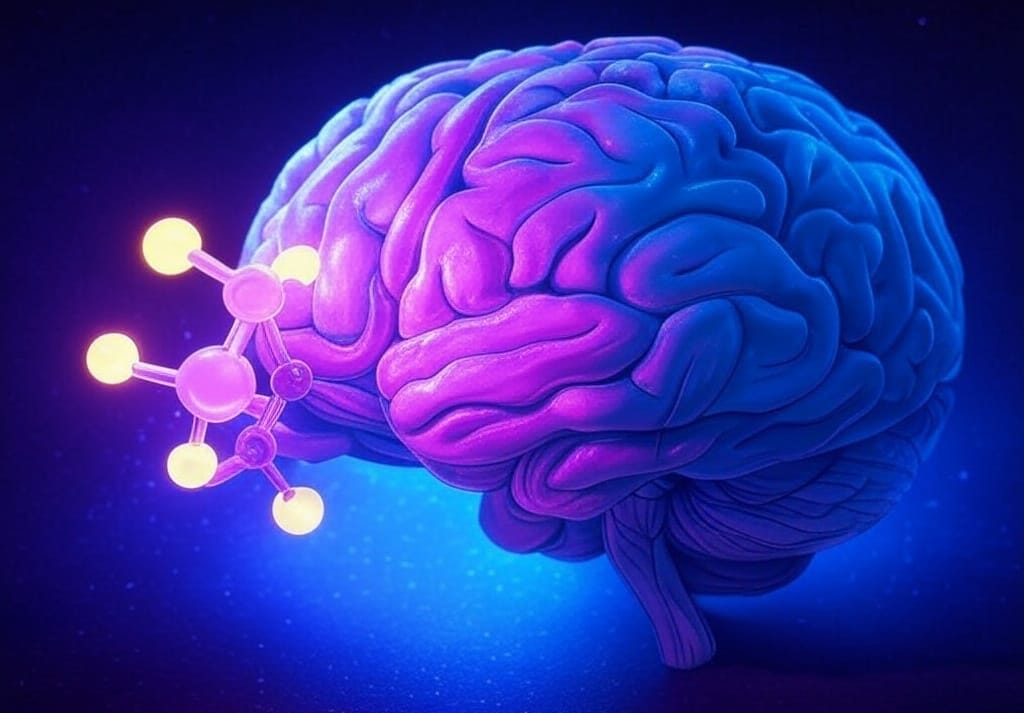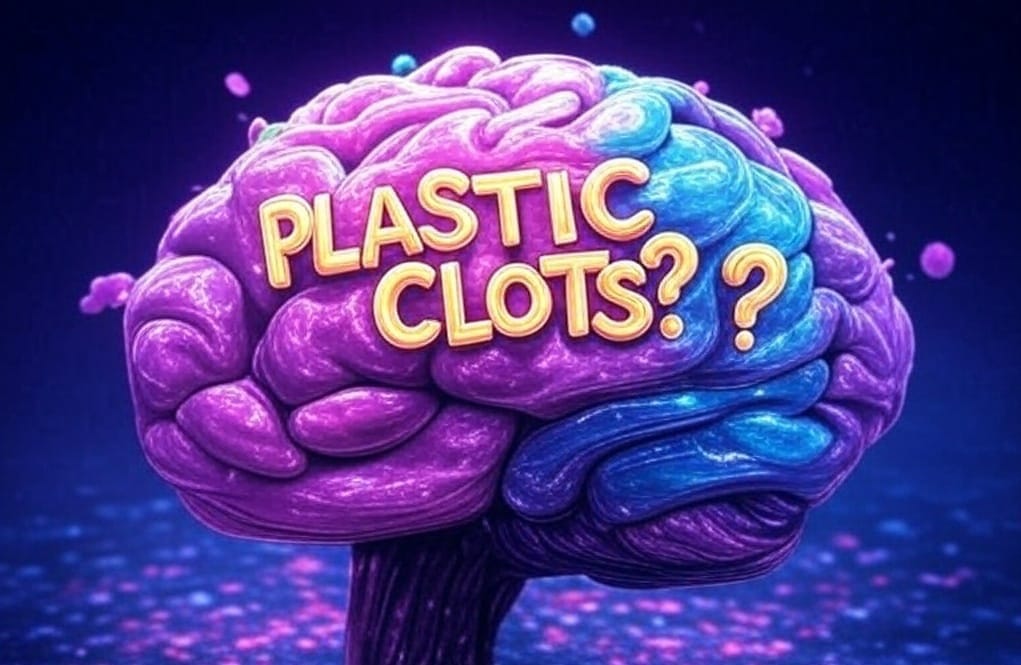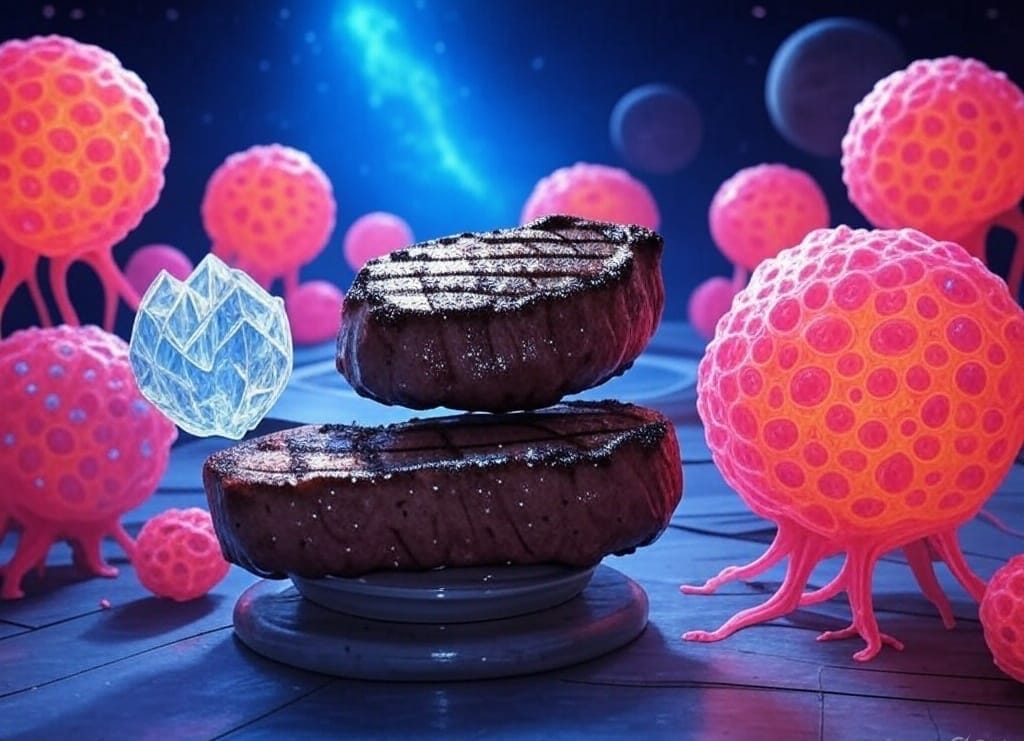If you’ve stumbled across the term “keto” while sipping your morning coffee or scrolling through endless diet trends, you’re in the right place. Maybe you’ve heard it’s the secret to shedding pounds quicker than a kid ditching homework for video games. Or perhaps a friend won’t stop raving about their bacon fuelled energy whilst you need 5 coffees just to get going. Whatever brought you here, this beginner’s guide to the ketogenic diet will break it down for you—without the jargon or the judgment. Let’s dive into the world of fat-forward eating, where butter is your new BFF and carbs are, well, politely shown the door.
What Exactly Is the Ketogenic Diet?
At its core, the ketogenic—or “keto”—diet is a high-fat, moderate-protein, low-carbohydrate eating plan designed to flip your body’s metabolic switch. For most people living in modern societies, your body runs on glucose, a sugar easily derived from carbs like bread, pasta, and that sneaky cupcake you eyed at the bakery. But when you drastically cut carbs, your body says, “Hold up, where’s my fuel?”
Enter Ketosis: a natural state where your liver starts churning out ketones from fat to power your brain and body instead. Think of it as turning your system into a fat-burning furnace—pretty cool, right?
The typical keto breakdown looks like this: about 70-75% of your daily calories come from fat, 20-25% from protein, and a measly 5-10% from carbs. To put that in perspective, that’s roughly 20-50 grams of carbs per day—about the amount in one medium banana or a single slice of a small pizza. Yep, it’s a big shift from the carb-heavy standard diet most of us grew up with.
A Brief History: Not Just a Trendy Buzzword
The keto diet isn’t some flashy new TikTok fad (though it’s definitely had its moment in the spotlight). It actually dates back to the 1920s, when doctors used it to treat epilepsy in children. The high-fat, low-carb combo helped reduce seizures—science still isn’t 100% sure why, but it worked. Fast-forward to today, and keto’s been reborn as a weight-loss darling, with fans claiming it boosts energy, curbs cravings, and even sharpens focus. Is it a miracle cure? Nah, but it’s got some solid street cred.
What You’ll Be Eating (and Not Eating)
So, what’s on the menu? Picture this: creamy avocados, sizzling bacon, juicy steaks, and a generous drizzle of olive oil. You’ll load up on fats like nuts, seeds, coconut oil, and—yes—cheese. Protein comes from eggs, chicken, fish, and beef, but don’t overdo it; too much protein can kick you out of ketosis faster than you can say “carb coma.” Veggies? Stick to low-carb champs like spinach, kale, zucchini, and broccoli. Sorry, potatoes and carrots—you’re too starchy for this party.
Now, the farewells: bread, rice, pasta, sugary treats, and most fruits (except berries in moderation) are off-limits. That means no midnight cereal runs or “just one” cookies. But don’t panic—keto folks get creative with swaps like almond flour bread or cauliflower rice. You’ll survive, promise.
The Perks: Why People Love It
Why go keto? For many, it’s about weight loss. When your body burns fat for fuel, it can tap into those stubborn love handles. Studies suggest keto can also stabilize blood sugar, which is a win for folks with type 2 diabetes or insulin resistance. Others swear by the mental clarity—nicknamed the “keto brain fog lift”—and a steady energy supply that skips the post-lunch crash. Plus, who doesn’t love an excuse to eat more guacamole?
The Catch: It’s Not All Bacon and Butterflies
Let’s keep it real: keto isn’t a walk in the park for everyone. The first week or two—aka the “keto flu”—can hit you with fatigue, headaches, and a serious case of hanger (hunger + anger). Your body’s just throwing a tantrum as it adjusts to the carb breakup. Electrolytes like sodium, potassium, and magnesium can help, so don’t skimp on salt or leafy greens. Also, the low-carb life can feel restrictive—dinner parties and pizza nights take some ninja-level planning. And fiber? You’ll need to work harder to keep things, uh, moving, since fruits and whole grains are scarce.
Getting Started: Tips for Keto Newbies
Ready to give it a whirl? Ease in slowly—cut carbs over a few days rather than going cold turkey. Stock your kitchen with keto staples: eggs, fatty fish, coconut oil, and a good attitude. Track your macros (fat, protein, carbs) with an app until you get the hang of it—eyeballing won’t cut it at first. And hydrate like your life depends on it; ketosis can dehydrate you faster than a desert hike.
Is Keto for You?
Here’s the million-dollar question: should you try it? If you’re curious, chat with your nutritionist — especially if you’ve got health conditions or love carbs more than life itself. Keto’s not one-size-fits-all, but for some, it’s a game-changer. Start small, experiment, and see how your body vibes with it. Worst case? You’ll have a newfound appreciation for avocado toast when you’re back on the carb train.
So, there you have it—a crash course in ketogenic living. It’s bold, it’s fatty, and it’s not afraid to kick carbs to the curb. Whether you’re in it for the weight loss, the energy, or just to say you survived the keto flu, you’re now armed with the basics.
Want to read more?
Check out our Keto page, which contains all our posts related to the Ketogenic diet.















Discussion